The paper “AuntieTuna: Personalized Content-based Phishing Detection” will appear at the NDSS Usable Security Workshop on February 21, 2016 in San Diego, CA, USA (available at https://www.isi.edu/~calvin/papers/Ardi16a.pdf).
From the abstract:
Phishing sites masquerade as copies of legitimate sites (“targets”) to fool people into sharing sensitive information that can then be used for fraud. Current phishing defenses can be ineffective, with training ignored, blacklists of discovered, bad sites too slow to pick up new threats, and whitelists of known-good sites too limiting. We have developed a new technique that automatically builds personalized lists of target sites (candidates that may be copied by phish) and then tests sites as a user browses them. Our approach uses cryptographic hashing of each page’s rendered Document Object Model (DOM), providing a zero false positive rate and identifying more than half of detectable phish in a controlled study. Since each user develops a customized list of target sites, our approach presents a diverse defense against phishers. We have prototyped our approach as a Chrome browser plugin called AuntieTuna, emphasizing usability through automated and simple manual addition of target sites and clean reports of potential phish that include context about the targeted site. AuntieTuna does not slow web browsing time and presents alerts on phishing pages before users can divulge information. Our plugin is open-source and has been in use by a few users for months.
The work in this paper is by Calvin Ardi (USC/ISI) and John Heidemann (USC/ISI).
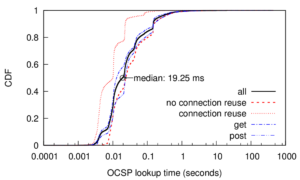
![How newtork activity generates DNS backscatter that is visible at authority servers. (Figure 1 from [Fukuda15a]).](http://ant.isi.edu/blog/wp-content/uploads/2015/09/Fukuda15a_icon-300x190.png)
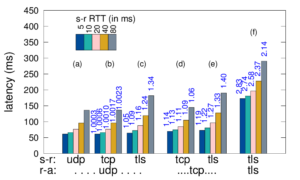
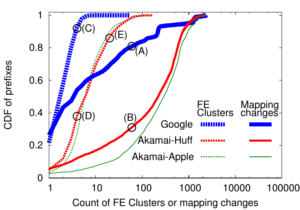 Large web services employ CDNs to improve user performance. CDNs improve performance by serving users from nearby FrontEnd (FE) Clusters. They also spread users across FE Clusters when one is overloaded or unavailable and others have unused capacity. Our paper is the first to study the dynamics of the user-to-FE Cluster mapping for Google and Akamai from a large range of client prefixes. We measure how 32,000 prefixes associate with FE Clusters in their CDNs every 15 minutes for more than a month. We study geographic and latency effects of mapping changes, showing that 50–70% of prefixes switch between FE Clusters that are very distant from each other (more than 1,000 km), and that these shifts sometimes (28–40% of the time) result in large latency shifts (100 ms or more). Most prefixes see large latencies only briefly, but a few (2–5%) see high latency much of the time. We also find that many prefixes are directed to several countries over the course of a month, complicating questions of jurisdiction.
Large web services employ CDNs to improve user performance. CDNs improve performance by serving users from nearby FrontEnd (FE) Clusters. They also spread users across FE Clusters when one is overloaded or unavailable and others have unused capacity. Our paper is the first to study the dynamics of the user-to-FE Cluster mapping for Google and Akamai from a large range of client prefixes. We measure how 32,000 prefixes associate with FE Clusters in their CDNs every 15 minutes for more than a month. We study geographic and latency effects of mapping changes, showing that 50–70% of prefixes switch between FE Clusters that are very distant from each other (more than 1,000 km), and that these shifts sometimes (28–40% of the time) result in large latency shifts (100 ms or more). Most prefixes see large latencies only briefly, but a few (2–5%) see high latency much of the time. We also find that many prefixes are directed to several countries over the course of a month, complicating questions of jurisdiction.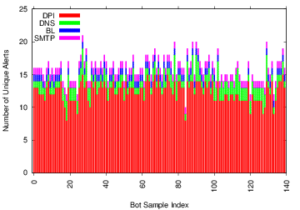
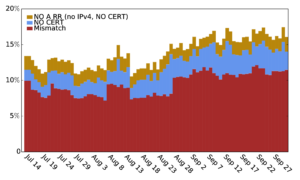
![Predicting longitude from observed diurnal phase ([Quan14c], figure 14c)](http://ant.isi.edu/blog/wp-content/uploads/2014/10/Quan14c_icon-300x175.png)
